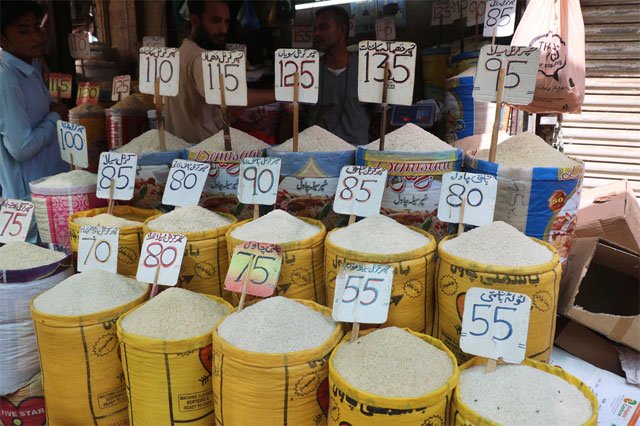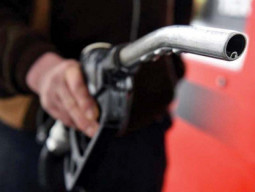
The headline inflation rate, however, remained at 3.7%, showed the monthly inflation bulletin released by the Pakistan Bureau of Statistics on Wednesday.
It showed that non-food and non-energy inflation, commonly known as core inflation, saw a 1.2% jump in a single month and was recorded at 7%. This is the highest level in three years and five months. Last time, in November 2014, core inflation was recorded at 6.9%, showed the PBS statistics.
Core inflation is measured through the indices of 43 non-food and non-energy items. Items such as kerosene oil, petrol, diesel, CNG, electricity and natural gas and food group are excluded from core inflation.
Inflation in Lahore highest among Pakistan's major cities
The State Bank of Pakistan (SBP) uses core inflation while formulating its monetary policy and it is a good predictor of future CPI inflation, according to the Economic Survey of Pakistan 2017-18.
The central bank left its key policy rate unchanged at 6% in the last monetary policy announcement, which was contrary to market expectation that was anticipating a rise to fight inflation and address external sector problems.
The gradual buildup of domestic demand is evident from rising core inflation during the first nine months of the fiscal year, according to the Finance Ministry-published Economic Survey 2017-18. It added due to a continuous increase in education and health costs, core inflation remained higher on average.
The inflation pressure has stared exploding ahead of implementation of measures announced in the budget. Some of these measures, like increase in petroleum levy by another 200%, is also expected to stoke inflation from the start of the next fiscal year.
Measured by the Consumer Price Index - the headline inflation indicator - also inched up to 3.7% in April over a year ago. Unlike the core inflation, the headline inflation remained low due to high base impact and reduction in prices of the food group in previous months.
The rise in core inflation and subsequent increase in headline inflation would end the era of low inflation, which allowed the government to increase the prices of petroleum products and gave room to the central bank to print more than Rs1 trillion in currency notes.
The central bank on the advice of the Finance Ministry has also devalued the rupee against the US dollar by more than 9% in the past four months, which has also contributed in the buildup of overall inflationary pressure.
In addition, the Federal Board of Revenue has imposed regulatory duties on hundreds of imported items.
In April this year, kerosene prices were 30.7% higher than a year ago. The cost of education increased almost 13%. Wage rates in the construction sector also increased by almost 10.6%, motor fuel became expensive by over 10% in April over a year ago. The cost of healthcare also surged almost 10%.
Inflation reading clocks in at 4.4% in January
The CPI index is calculated by checking prices only in the urban centre. The government now plans to capture price trends in the rural areas. The new inflation basket will comprise of 600 items including 244 to be captured in the rural areas.
In the food group, the prices of rice increased over 11% in April over a year ago. Meat also became expensive by almost 10%, dry fruits 6.5%, milk products 5.6% and readymade foods almost 5.5%.
The average inflation rate during the first ten months of the fiscal year, (July-April), remained at 3.77% -which was lower than the level observed during the same period of the last fiscal year.
Published in The Express Tribune, May 3rd, 2018.
Like Business on Facebook, follow @TribuneBiz on Twitter to stay informed and join in the conversation.












































COMMENTS (2)
Comments are moderated and generally will be posted if they are on-topic and not abusive.
For more information, please see our Comments FAQ